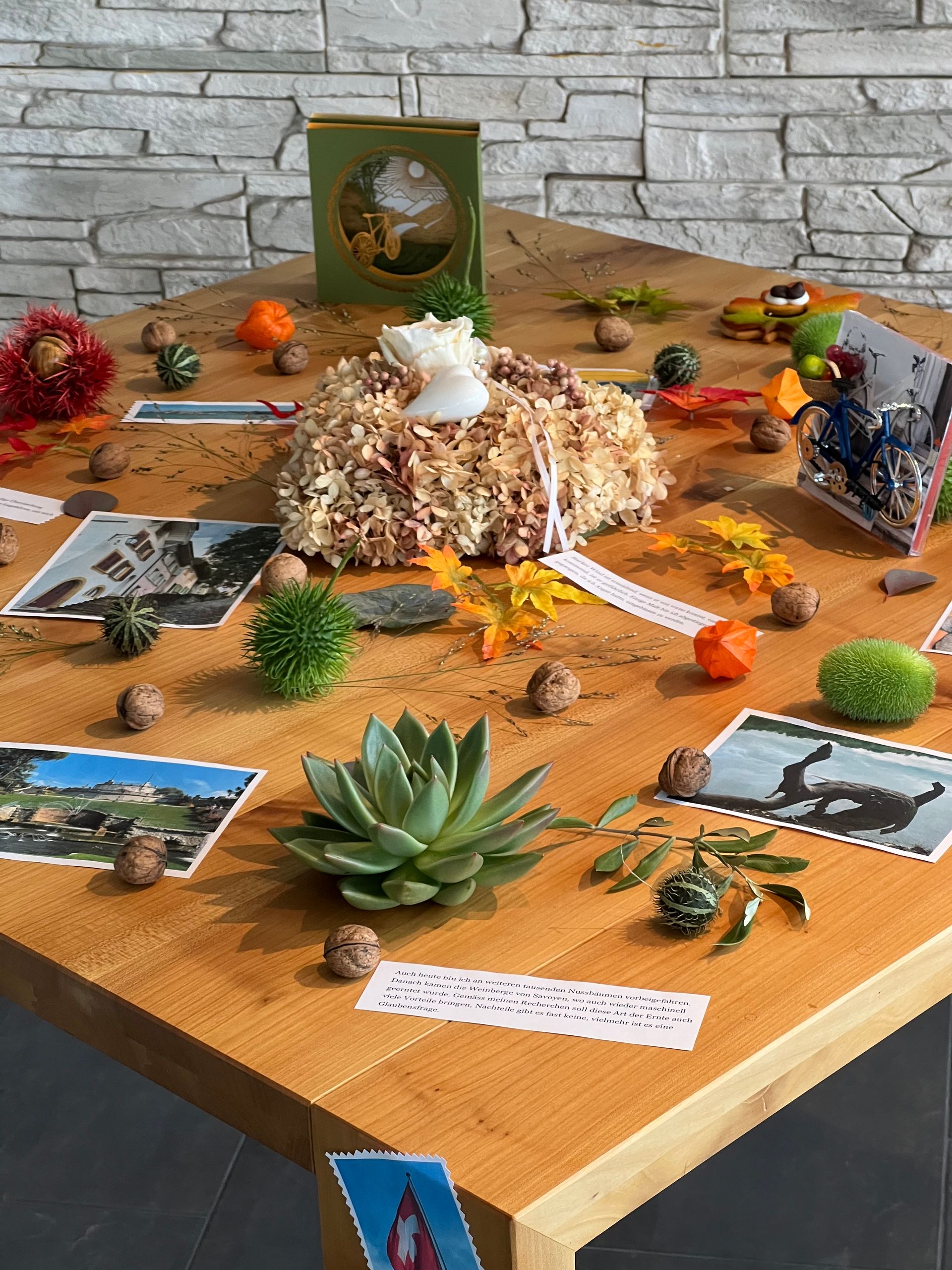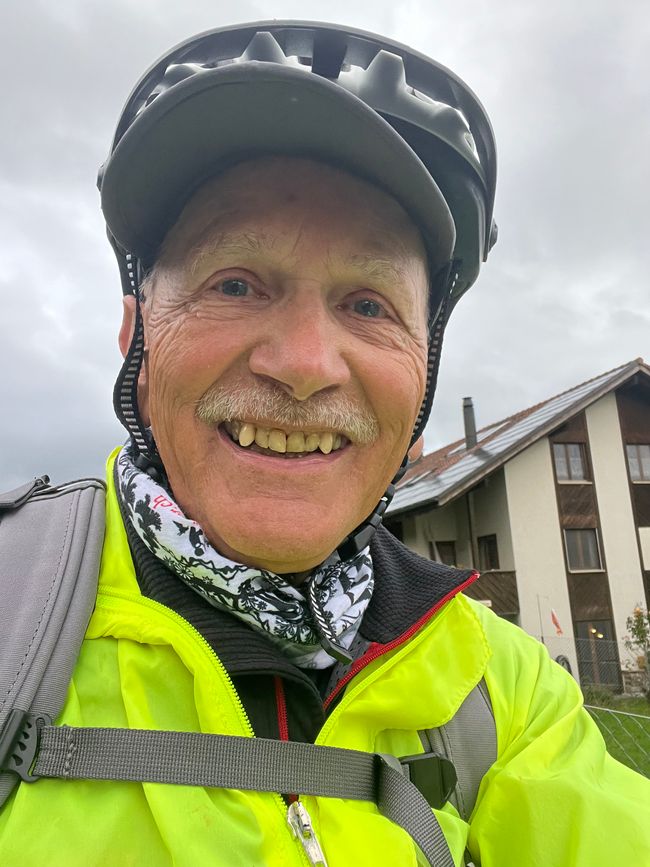31 nach Melide
Veröffentlicht: 19.04.2024
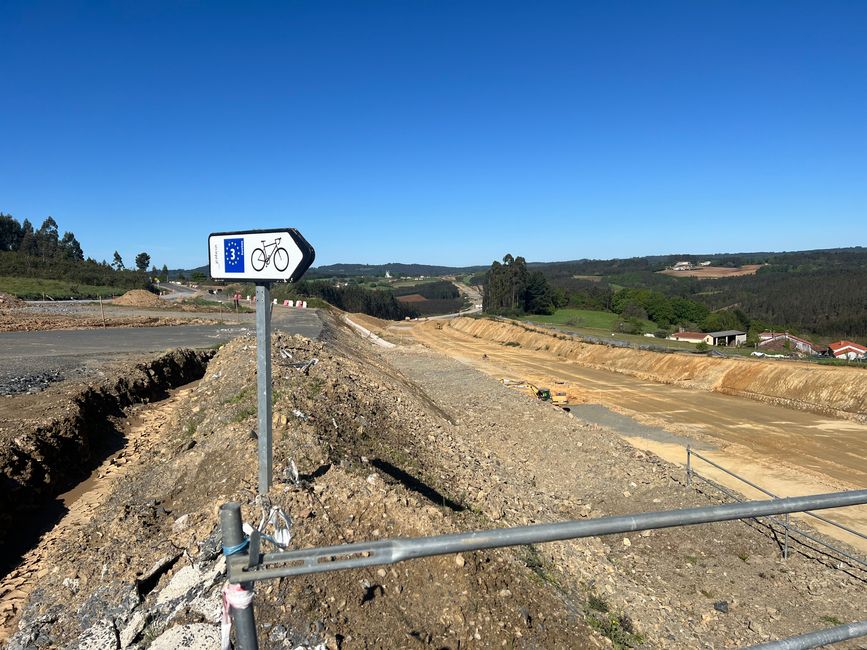
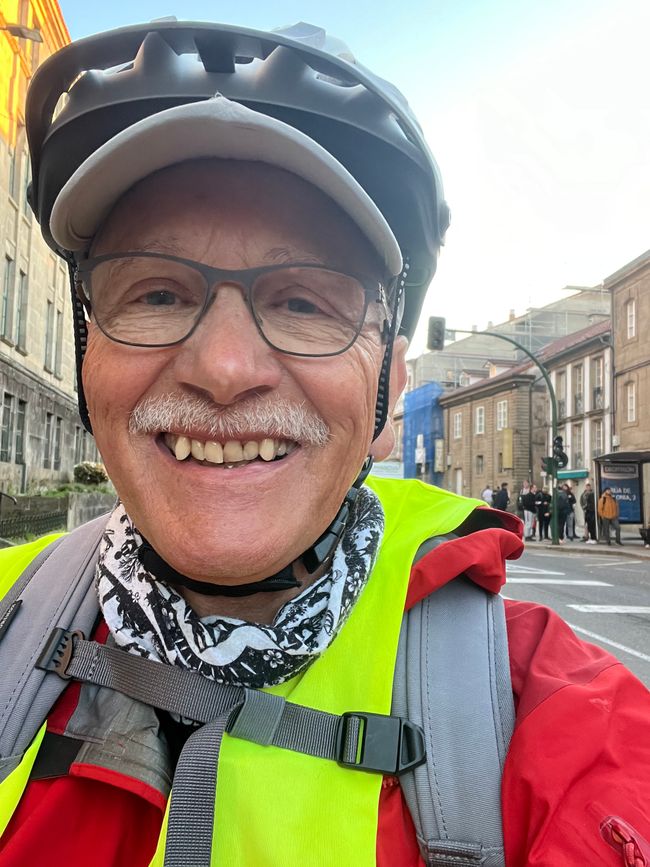
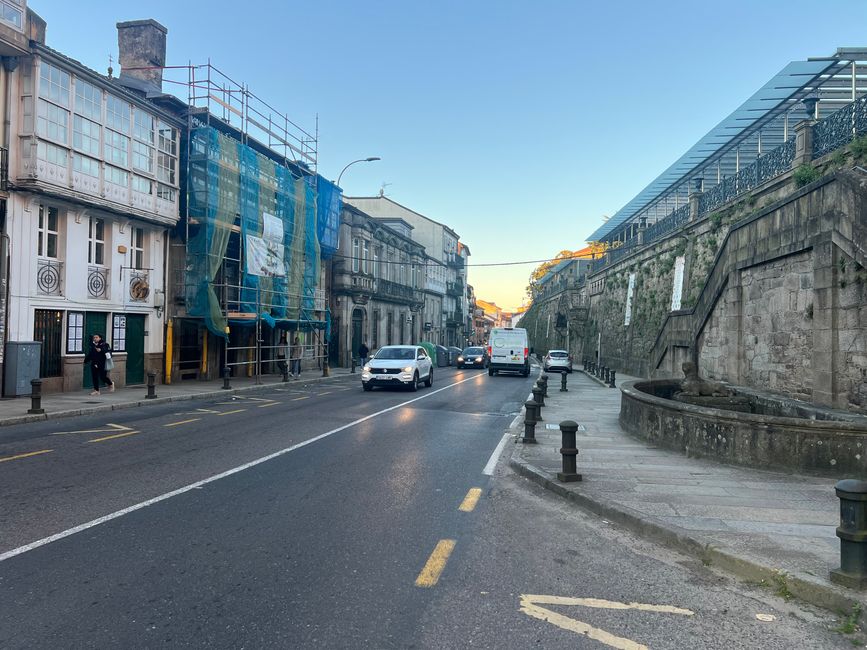
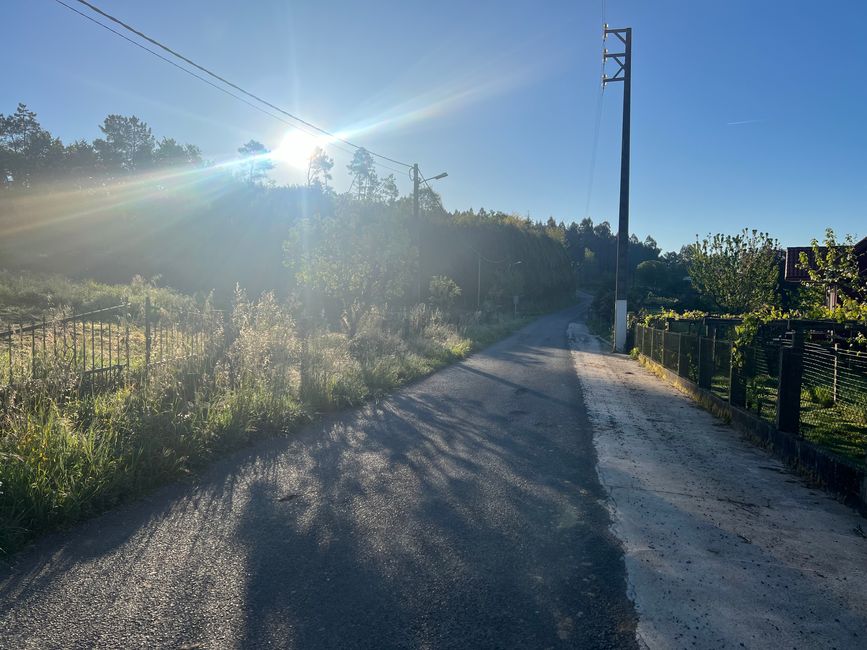
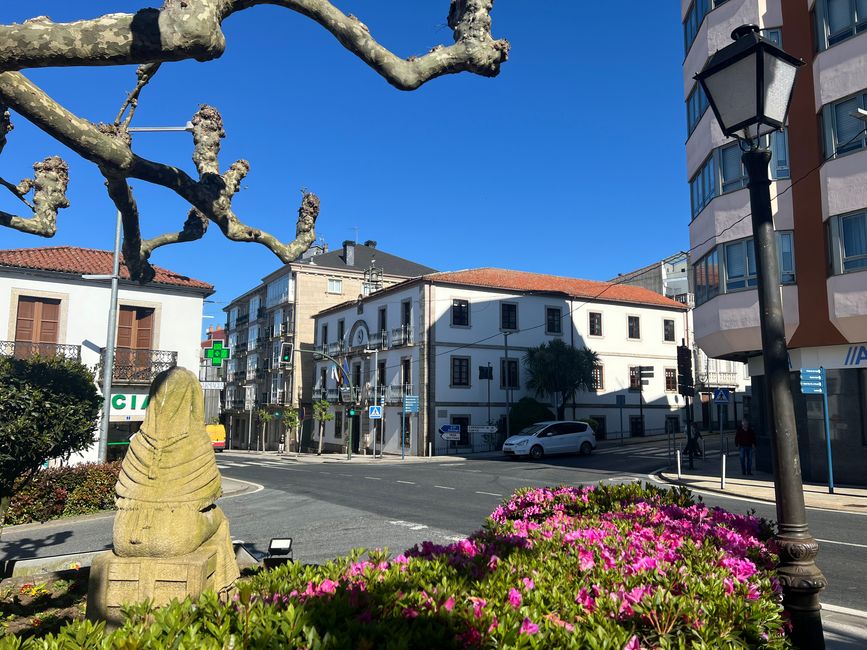
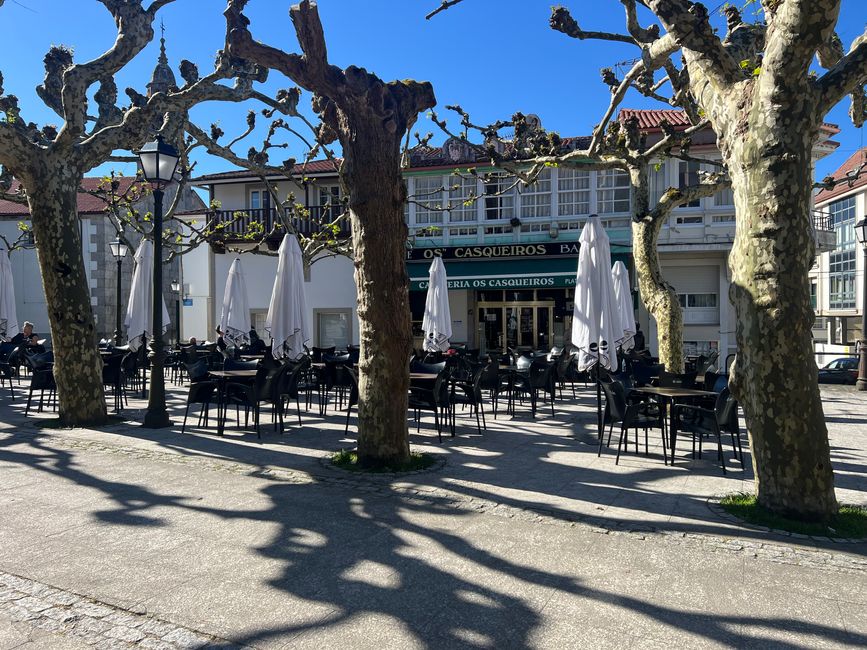
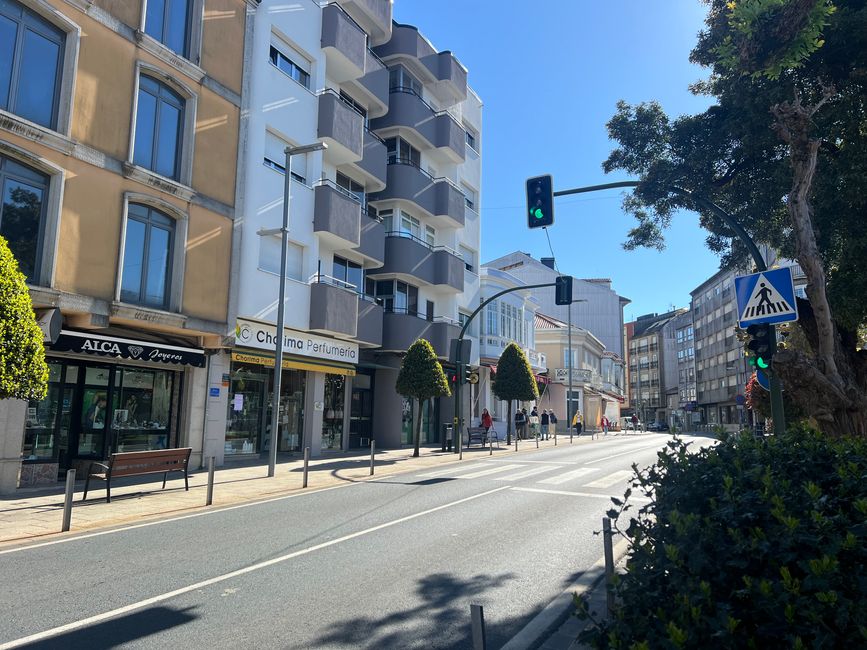
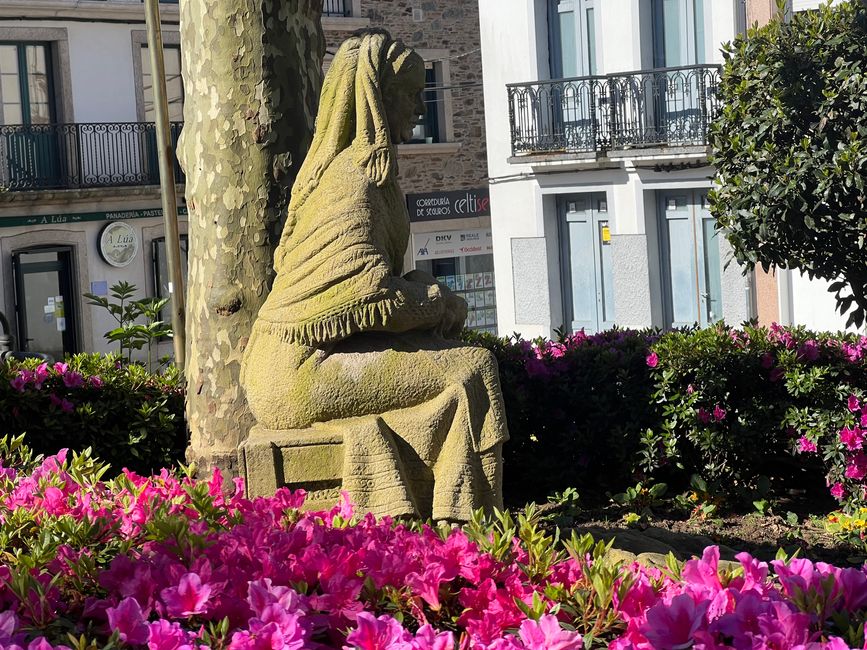
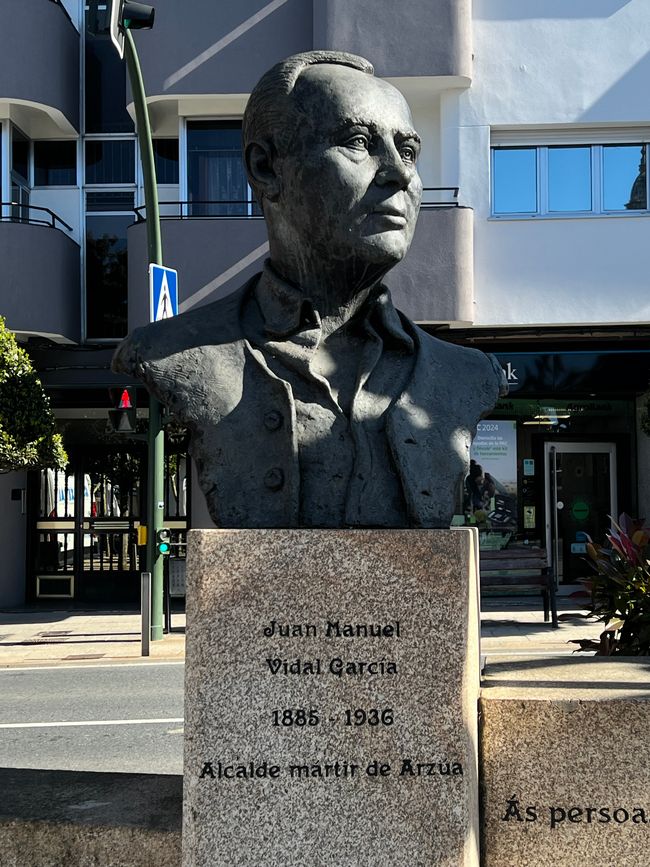
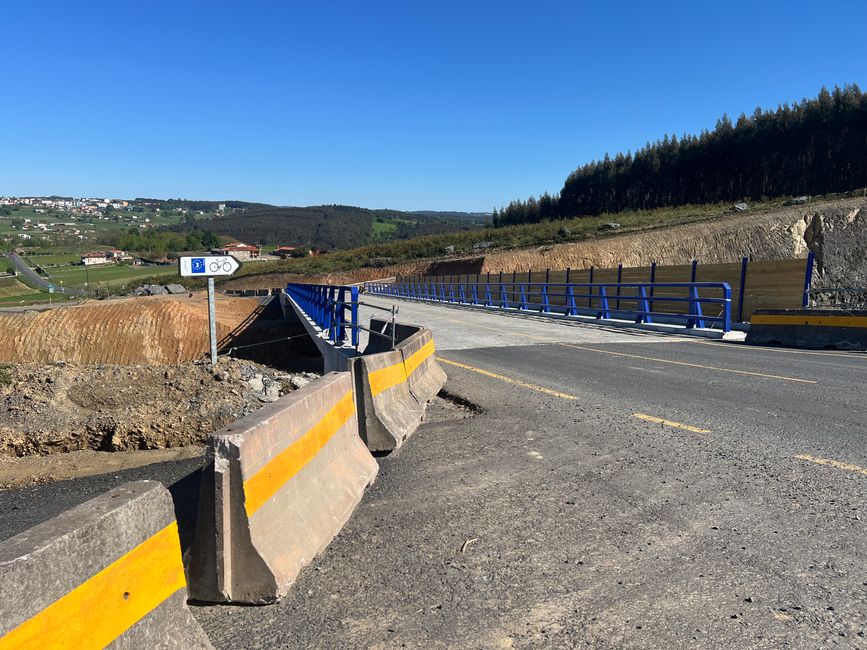
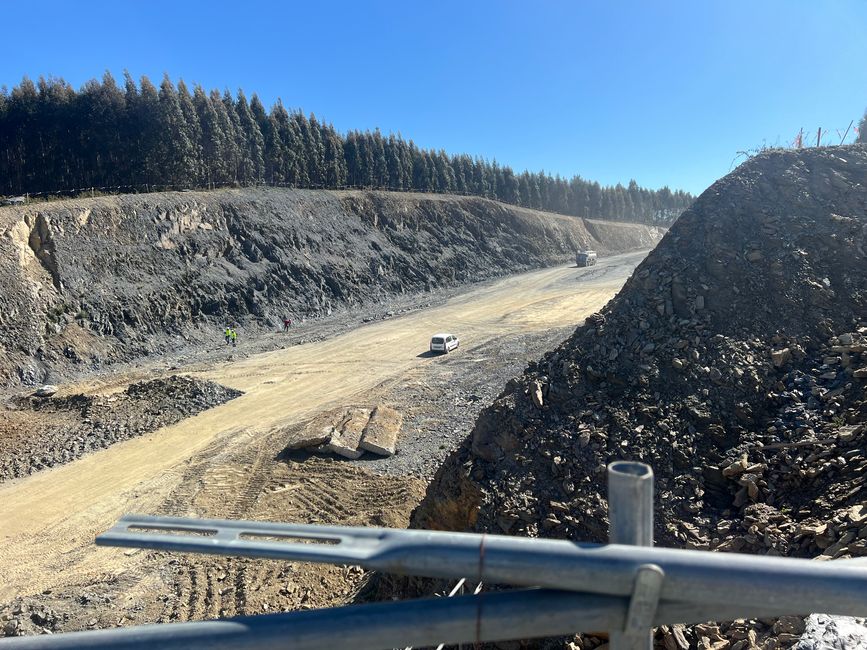
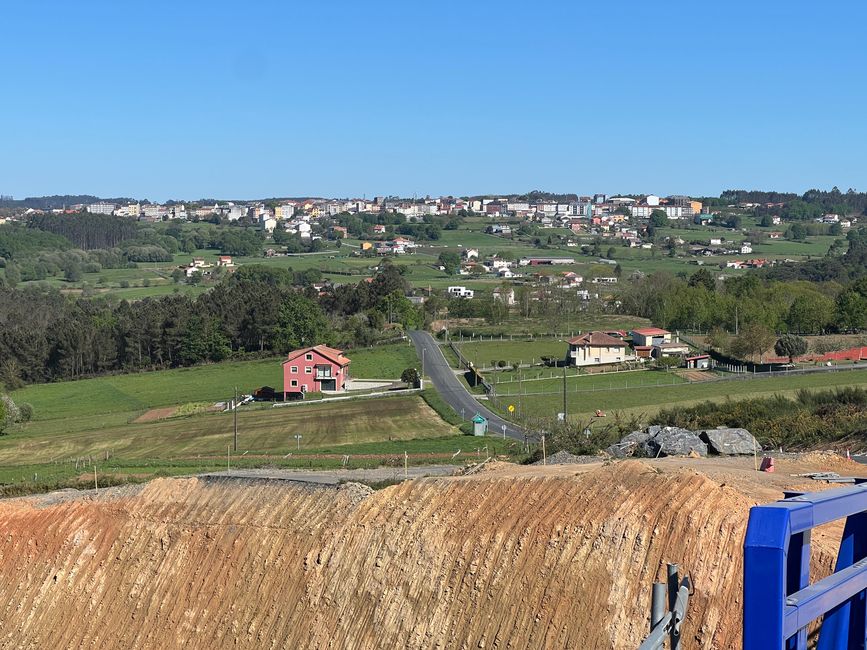

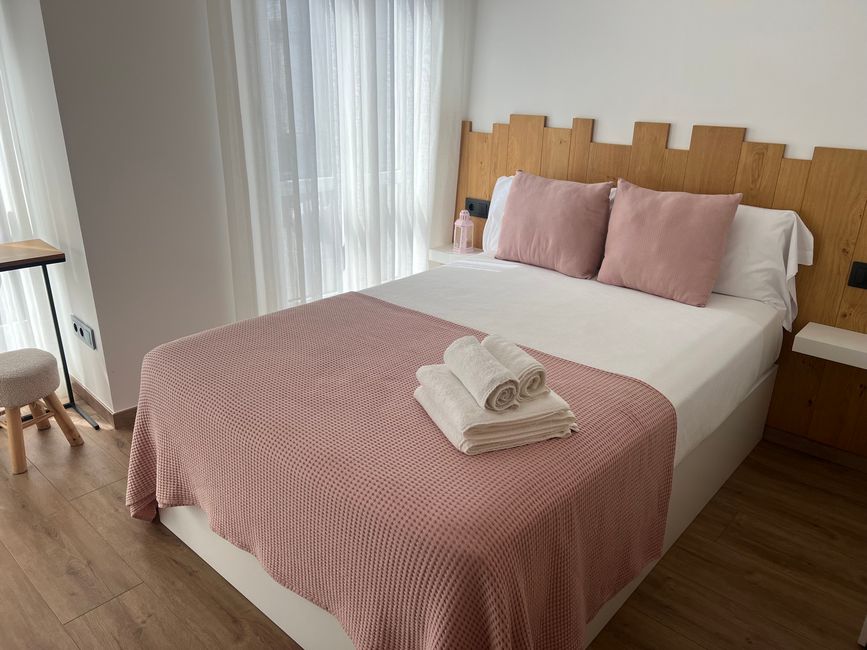
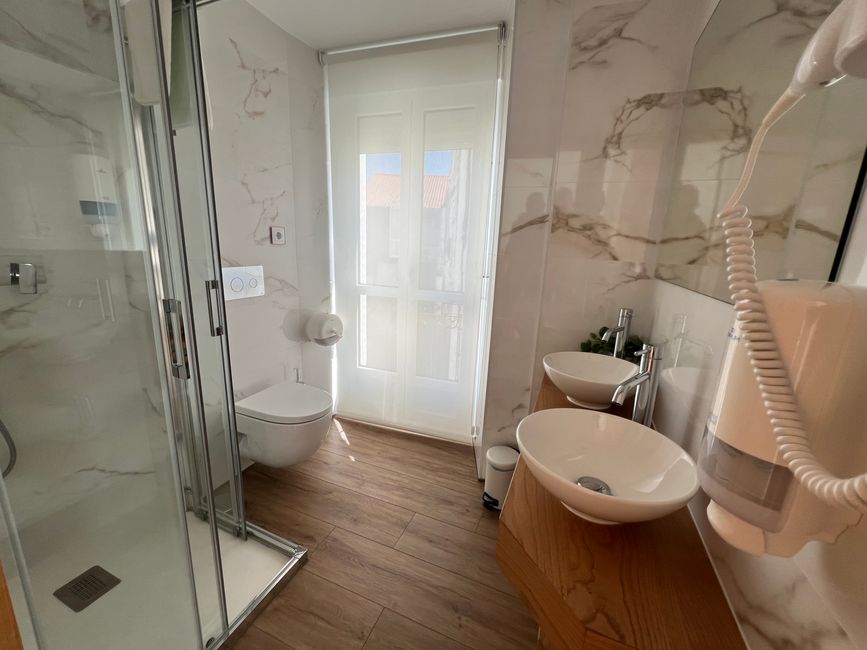
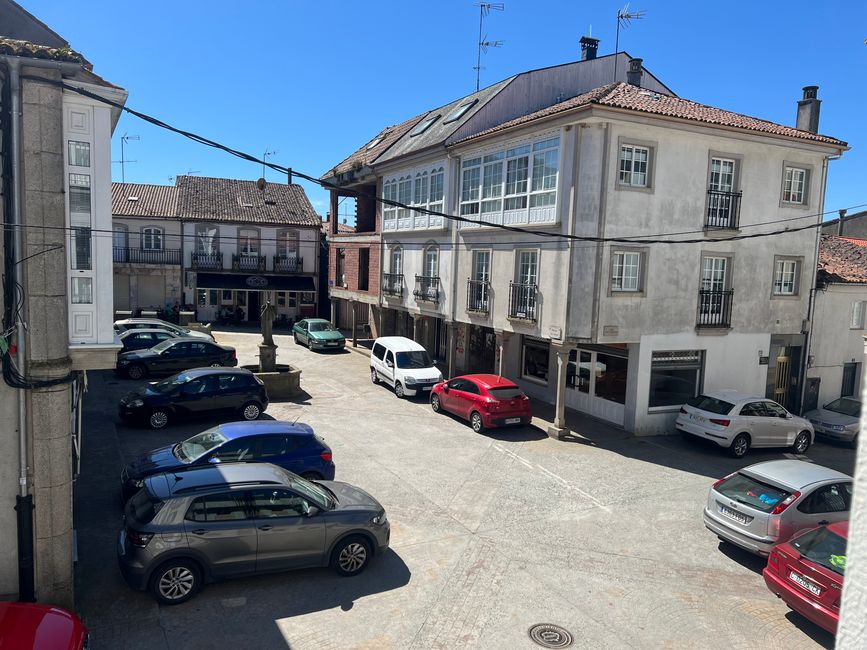
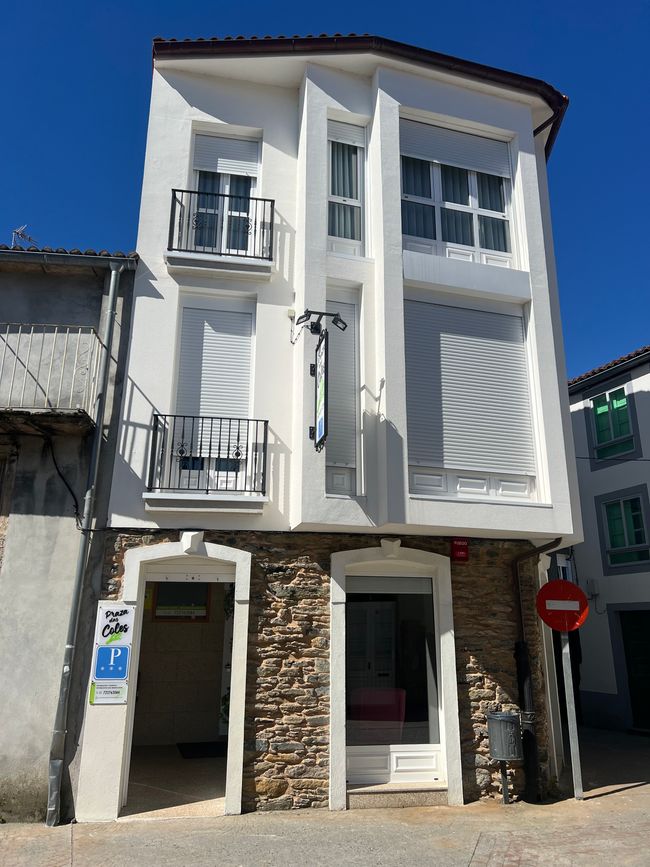
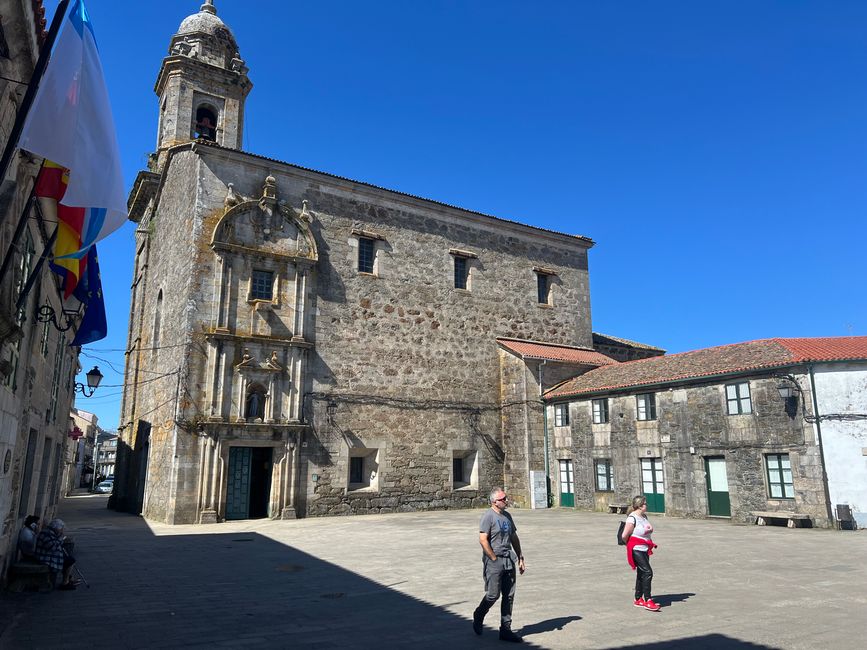
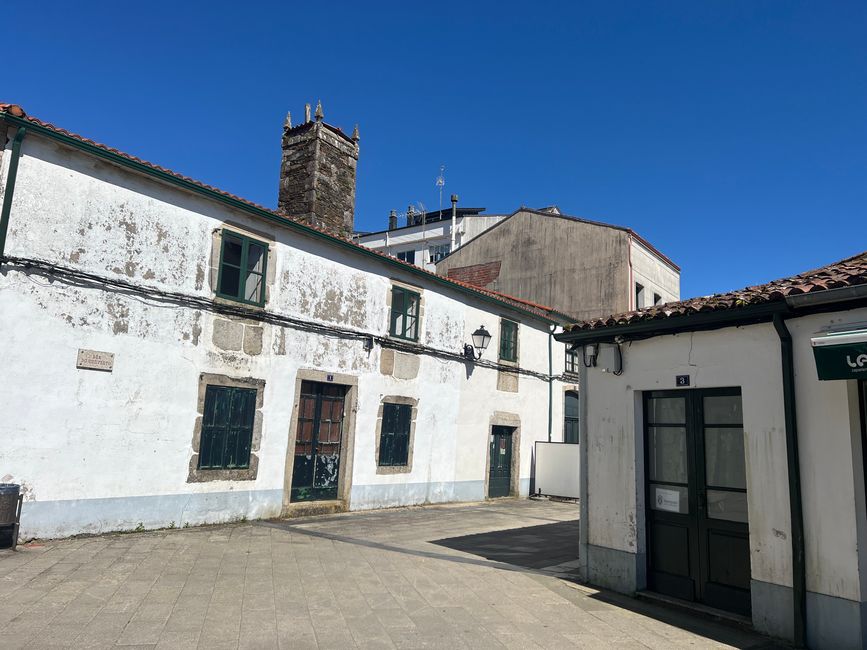
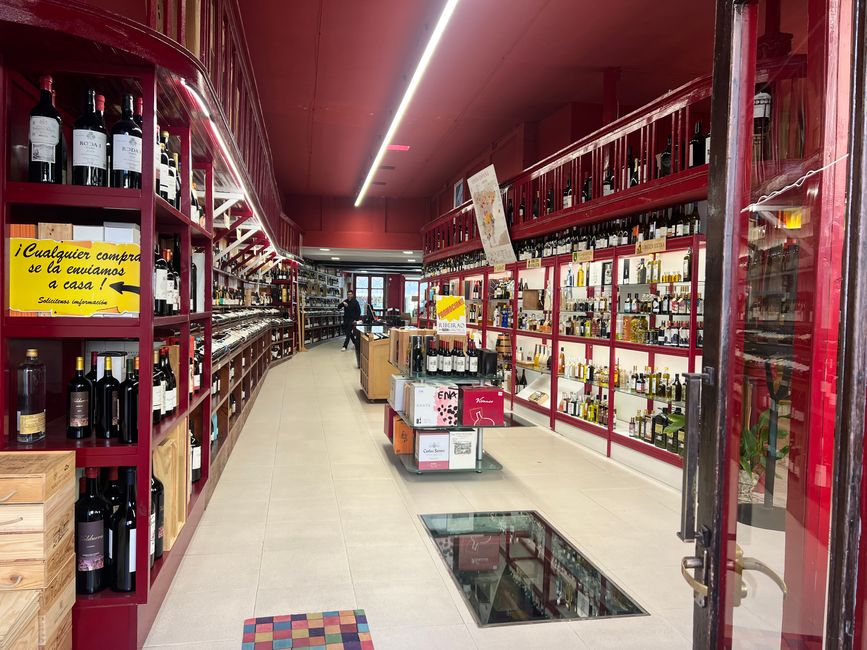
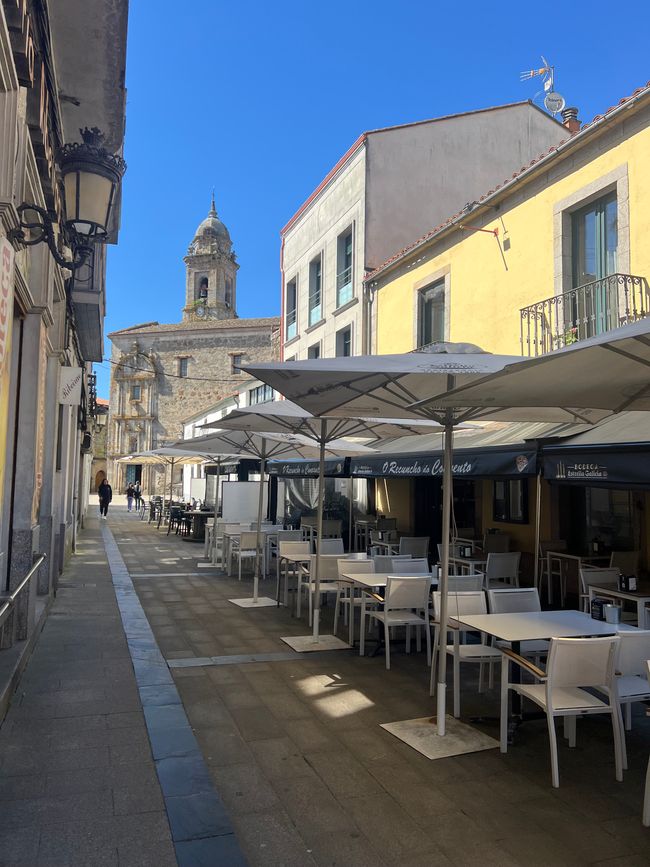
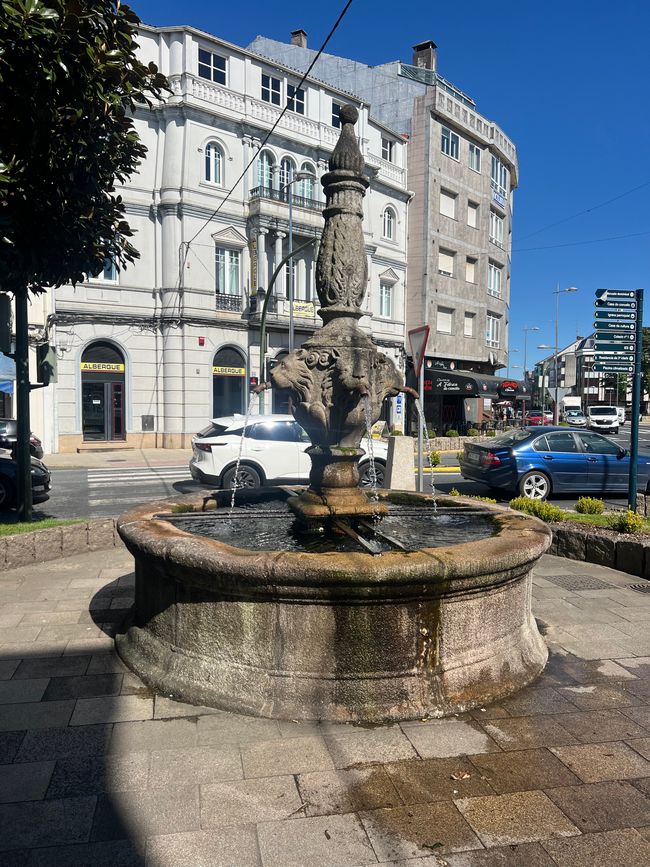
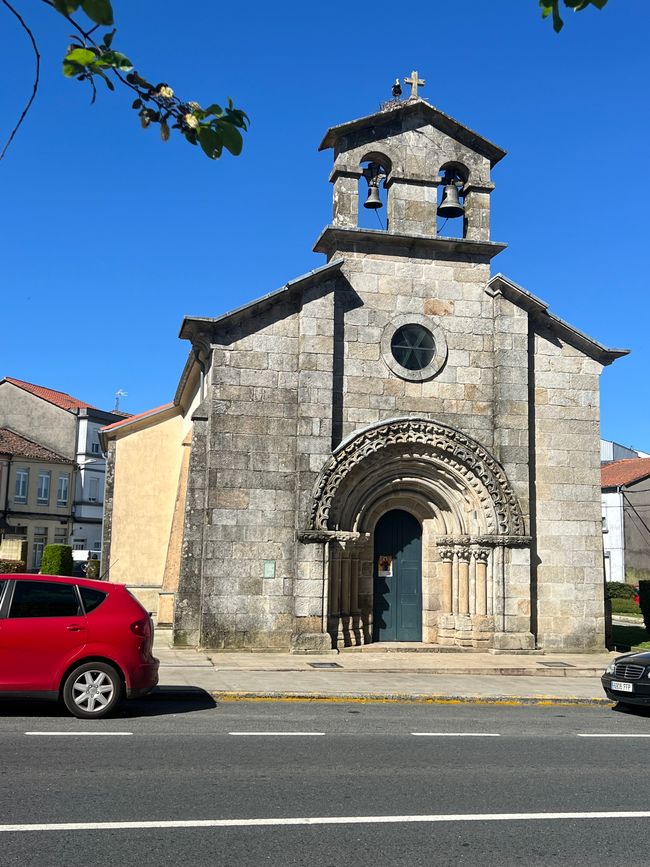
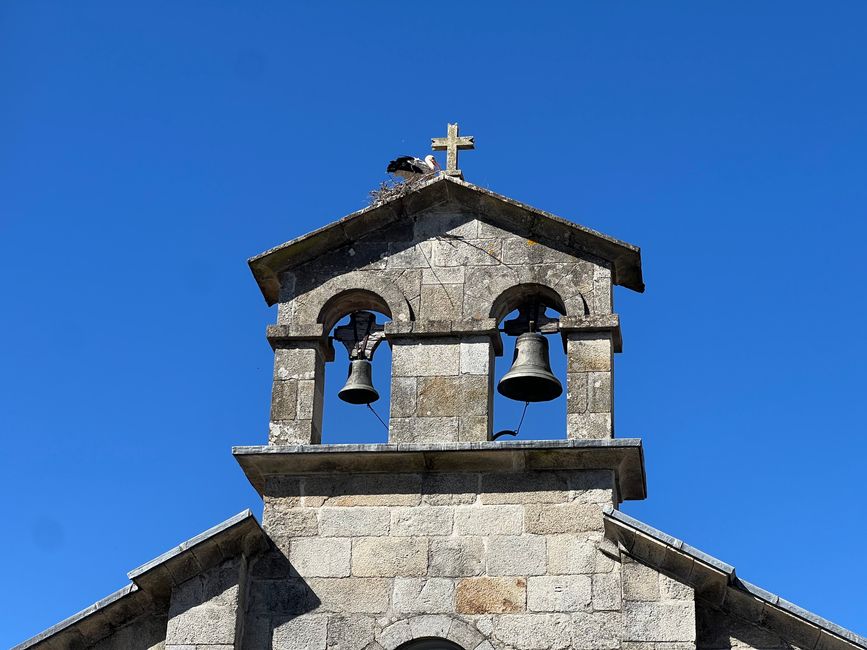
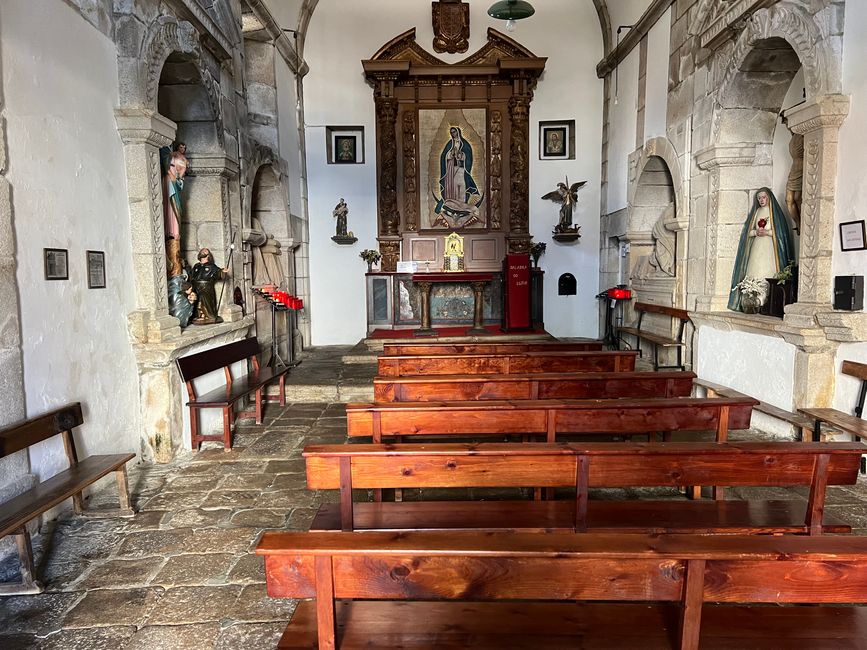
Newsletter abonnieren
Strecke 64 Kilometer, kum. 2‘607 Kilometer | Höhenmeter 1‘230, kum. 19‘460
Die heutige Etappe hat mich in die Schweiz versetzt. Die Fahrt hätte in einem hügeligen Gebiet bei uns sein können. Es war sehr grün, es gab viele Bauernhöfe und genauso ländlich war der Geruch. Regelmässig wurde ich durch Gebell vor Hunden begrüsst.
Wie gestern schon ging es laufend rauf und runter. So kamen auch heute wieder viele Höhenmeter zusammen. Ich möchte dir einmal erzählen, wie das auf meinem Sattel so abläuft. Davor muss ich dir noch erklären, was eine Sattelabsenkung ist. Mit einem eigenen Hebel kann ich den Sattel höher oder tiefer stellen. Das ist speziell praktisch beim anhalten und absteigen.
Also wenn es steiler bergab geht, lasse ich den Sattel runter, womit der Schwerpunkt tiefer liegt und der Luftwiderstand wird geringer. Dann lege ich den grösstmöglichen Gang rein, das geschieht durch drehen des Griffs auf der rechten Seite der Lenkstange. Mit der linken Hand stelle ich die motorische Unterstützung auf gering. Ich habe 5 Möglichkeiten, wobei ich davon nur 3 nutze. Die 4. bringt fast keine Unterstützung und die 5. schaltet sie ganz aus. Oft erreiche ich so Geschwindigkeiten von 30 bis zu 60 (selten) km/h. Den Schwung daraus versuche ich dann beim anschliessenden Aufstieg mitzunehmen. Gleichzeitig stelle ich den Sattel wieder hoch, lege einen kleineren Gang ein und erhöhe je nach Bedarf die Unterstützung vom Motor. Bei einer so hügeligen Strecke wie heute wird mir also nie langweilig. Und immer gilt dabei: Sicherheit hat Vorrang.
Gestern fuhr ich ja einen grossen Teil auf dem Pilgerweg. Ganz anders heute! Für die Radfahrer gibt es hier den EV-3. Dieser verläuft fast nur auf wenig befahrenen Strassen. Damit hat man immer einen guten Untergrund und man stört keine Pilger. Erst hier in Melide habe ich überhaupt Pilger gesehen. So wird das auch weiterhin sein, allerdings das mit dem auf und ab auch.
https://www.komoot.com/de-DE/tour/1521747298?ref=itd
Die heutige Etappe hat mich in die Schweiz versetzt. Die Fahrt hätte in einem hügeligen Gebiet bei uns sein können. Es war sehr grün, es gab viele Bauernhöfe und genauso ländlich war der Geruch. Regelmässig wurde ich durch Gebell vor Hunden begrüsst.
Wie gestern schon ging es laufend rauf und runter. So kamen auch heute wieder viele Höhenmeter zusammen. Ich möchte dir einmal erzählen, wie das auf meinem Sattel so abläuft. Davor muss ich dir noch erklären, was eine Sattelabsenkung ist. Mit einem eigenen Hebel kann ich den Sattel höher oder tiefer stellen. Das ist speziell praktisch beim anhalten und absteigen.
Also wenn es steiler bergab geht, lasse ich den Sattel runter, womit der Schwerpunkt tiefer liegt und der Luftwiderstand wird geringer. Dann lege ich den grösstmöglichen Gang rein, das geschieht durch drehen des Griffs auf der rechten Seite der Lenkstange. Mit der linken Hand stelle ich die motorische Unterstützung auf gering. Ich habe 5 Möglichkeiten, wobei ich davon nur 3 nutze. Die 4. bringt fast keine Unterstützung und die 5. schaltet sie ganz aus. Oft erreiche ich so Geschwindigkeiten von 30 bis zu 60 (selten) km/h. Den Schwung daraus versuche ich dann beim anschliessenden Aufstieg mitzunehmen. Gleichzeitig stelle ich den Sattel wieder hoch, lege einen kleineren Gang ein und erhöhe je nach Bedarf die Unterstützung vom Motor. Bei einer so hügeligen Strecke wie heute wird mir also nie langweilig. Und immer gilt dabei: Sicherheit hat Vorrang.
Gestern fuhr ich ja einen grossen Teil auf dem Pilgerweg. Ganz anders heute! Für die Radfahrer gibt es hier den EV-3. Dieser verläuft fast nur auf wenig befahrenen Strassen. Damit hat man immer einen guten Untergrund und man stört keine Pilger. Erst hier in Melide habe ich überhaupt Pilger gesehen. So wird das auch weiterhin sein, allerdings das mit dem auf und ab auch.
https://www.komoot.com/de-DE/tour/1521747298?ref=itd
La etapa de hoy me llevó a Suiza. El viaje podría haber sido en una zona montañosa donde estábamos. Estaba muy verde, había muchas granjas y el olor era igual de rural. Los perros ladraban regularmente y me saludaban.
Como ayer, subía y bajaba constantemente. Tantos metros de altitud se volvieron a juntar hoy. Me gustaría contaros cómo funciona en mi sillín. Antes de eso, tengo que explicarte qué es una caída de silla. Puedo subir o bajar el sillín usando mi propia
palanca. Esto resulta especialment
e práctico a la hora de parar y bajar.
Entonces, cuando el descenso es más pronunciado, bajo el sillín, lo que significa que el centro de gravedad es más bajo y la resistencia del aire se reduce. Luego lo pongo en la marcha más alta posible, lo que se hace girando la manija que está en el lado derecho del manillar. Con la mano izquierda puse el soporte del motor en nivel bajo. Tengo 5 opciones y solo uso 3 de ellas. El cuarto casi no brinda soporte y el quinto lo apaga por completo. A menudo alcanzo velocidades de 30 a 60 (raramente) km/h. Luego trato de llevar el impulso conmigo en la siguiente subida. Al mismo tiempo, vuelvo a subir el sillín, meto una marcha más baja y aumento el apoyo del motor según sea necesario. Así que en una ruta tan montañosa como la actual, nunca me aburro. Y siempre se aplica lo siguiente: la seguridad tiene prioridad.
Ayer recorrí gran parte del camino de peregrinación. ¡Completamente diferente hoy! Para los ciclistas está la EV-3. Circula casi exclusivamente por calles con poco tráfico. Esto significa que siempre tienes una buena superficie y no molestas a los peregrinos. Sólo aquí en Melide vi peregrinos. Así seguirá siendo, pero también con altibajos.
Today's stage took me to Switzerland. The ride could have been in a hilly area near us. It was very green, there were lots of farms and the smell was just as rural. I was regularly greeted by dogs barking.
Like yesterday, it was constantly up and down. So today again, I gained a lot of altitude. I would like to tell you how it works on my saddle. Before that, I have to explain what saddle lowering is. I can raise or lower the saddle using a separate lever. This is particularly useful when stopping and getting off.
So when it goes downhill steeply, I lower the saddle, which lowers the center of gravity and reduces air resistance. Then I put in the highest possible gear, which is done by turning the handle on the right side of the handlebar. With my left hand, I set the motor support to low. I have 5 options, but I only use 3 of them. The 4th gives almost no support and the 5th switches it off completely. I often reach speeds of 30 to 60 (rarely) km/h. I then try to use the momentum from this on the subsequent climb. At the same time, I raise the saddle again, select a lower gear and increase the support from the motor as needed. So on a route as hilly as today, I never get bored. And the rule is always: safety comes first.
Yesterday I rode a large part of the pilgrimage route. Today is completely different! For cyclists, there is the EV-3. This runs almost exclusively on roads with little traffic. This means you always have a good surface and you don't disturb any pilgrims. It was only here in Melide that I saw any pilgrims at all. It will continue to be like this, but the ups and downs will also be there.
Newsletter abonnieren
Antworten
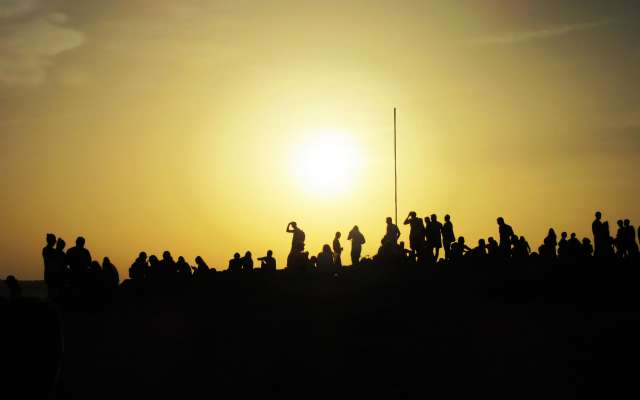
Reiseberichte Spanien
